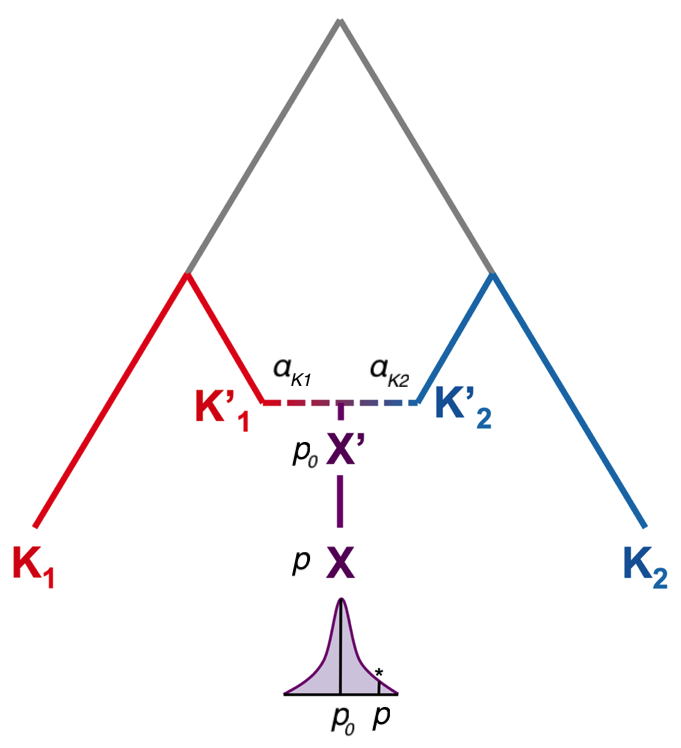Discerning signals of selection before and after European colonization in the Americas
A new powerful method
We are happy to have contributed to the latest published study by Javier Mendoza-Revilla and Garrett Hellenthal on detecting adaptive signals before and after European contact in admixed Latin Americans. The paper is available for download here.
In this study, authors developed a new method, called AdaptMix, to model allele frequencies in admixed populations to both identify selection and distinguish whether it occurred before or after the admixture event. In this model, allele frequencies in an admixed population under neutral evolution are modelled with a beta-binomial distribution, and with the expected value equal to a mixture of sampled allele frequencies from a set surrogate populations to the admixing sources.

Compared to previous attempts, this method models deviations in allele frequencies that may be attributable to both genetic drift and inaccurate proxies for admixing sources. Notably, the method is able to distinguish between selection occurring post-admixture or in any of the sources populations. It does that by looking at how genotypes of admixed individuals relate to their inferred admixture proportions. By simulations, authors demonstrate that this method is able to detect selection in recently admixed populations, and to differentiate between selection occurring in the ancestral or admixed populations.
Authors then applied this method to genome-wide SNP data of more than 4000 individuals from Brazil, Chile, Colombia, Mexico, and Peru, all collected as a part of the CANDELA Consortium. Apart from replicating previous findingds of post-admixture selection in the HLA region, authors discovered novel signals of selection in several genes overlapping with QTLs. Specifically, these new signals include genes involved in the immune response, which may reflect responses to endemic pathogens and new infectious disease brought by Europeans. Additionally, some of the strongest signals inferred to be under selection in Native Americans overlap with genes associated with energy metabolism traits, possibly due to adaptation to dietary sources.
This study opens further research directions on the effects of selective pressures in the Americas on contemporary health outcomes. It also demonstrate the utility of analysing genomes of admixed individuals for human evolutionary inferences. It finally shows the potential of inclusive and collaborative science and the contribution of all volunteers who participated in this study.
Return to our blog